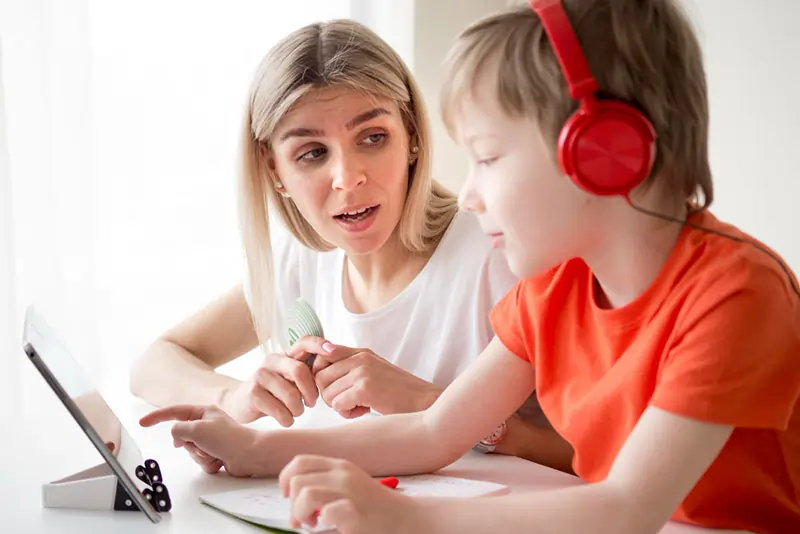How to Instill Listening Skills in Children?
Listening skills? What listening skills? In the modern world, who listens? People talk. People watch.
Wrong.
Do you want to make it big in the world? Fulfill your life’s purpose? Die without regrets? Learn about the world? Listening skills are your ally.
And as you might have guessed, you learn listening skills right from childhood. How do you instill listening skills in children?
First of all, what are listening skills?
Listening is not just hearing. It is not just a physical activity. It is an activity involving your ears, your brain, your mind, your heart.
What does it mean?
Active listening skill is the skill of understanding what the other person says. It demands focus on what he/she says. It involves comprehending the meaning of not only what is said and but also what is conveyed by means of body language, verbal as well as non-verbal cues. Yes, it is difficult. A lot of communication becomes a failure because of lack of listening skills on the part of the listener.
How do you instill listening skills in children?
Model active listening skills
To teach active listening skills, first, you have to be an active listener. When your child says something, even if seemingly unimportant things, stop whatever you are doing, kneel down to her eye level, look at her eyes and listen with your ears, eyes and heart.
- Give her time to finish saying something.
- Do not interrupt.
- Respond with follow-up questions.
- Do not predict what she will say next.
- Don’t put words in her mouth by asking leading questions.
- If she is quiet and thinking about what to say next, you also be quiet and wait for her to say what she wants to say.
- Be comfortable with silence.
- If she is trying to convey something that made her emotionally upset, hold her hand.
- Be aware of her body language and tone of voice. A lot of communication is about what is left unsaid.
Story telling
Story telling when children are really small is a powerful way to develop active listening skills. This is an activity that is absolutely essential to include in your daily life as a parent, if you have a toddler at home.
Ideally, the story should involve dialogues and action, so that you can vary your voice according to the voices of different characters and add some sound effects for action. In addition to developing the intellectual capacity of the child, storytelling develops listening skills to an extent that no other activity can hope to achieve.
It is a good idea for you to ask the child what happened in the story, after you narrate the story to her. This is one of the ways to assess whether listening has taken place.
Phrases to be used
When you are an active listener, you cannot be completely silent. You have to respond to what is being said with certain phrases that demonstrate your keenness to listen and understand, and also to make sure that you have understood clearly what the speaker is saying. Certain phrases are helpful here.
1) “Do you mean … ?”
This is a very important response when the speaker has said something that is not very clear. It is also helpful when the speaker is timid about what is being spoken and has said only bits and pieces of what she actually wants to say. You are making sure that you have heard it right. Alternatively, you could say “I’m not sure I understand”, “Could you tell me a bit more about that?”
2) “It sounds like … ”
This is another phrase that clarifies the speaker’s thoughts. You are giving your understanding of her thoughts. You are summarizing and clarifying it for the speaker too. Alternatively, you could say “What I’m hearing is … “, “You seem a bit … ”
3) “Really?”
This is a very helpful response that reminds the speaker that you are paying attention very closely. This encourages the speaker to say more. Alternatively, you could ask questions and give responses such as “When?”, “How?”, “You’re kidding.”
4) “I understand.”
Every human being wants to be understood. As a listener, when you say “I understand” it gives a great sense of validation to the speaker. It means that you are not judging, or forming your opinions about anyone.
Related reading: Listening Comprehension Activities



